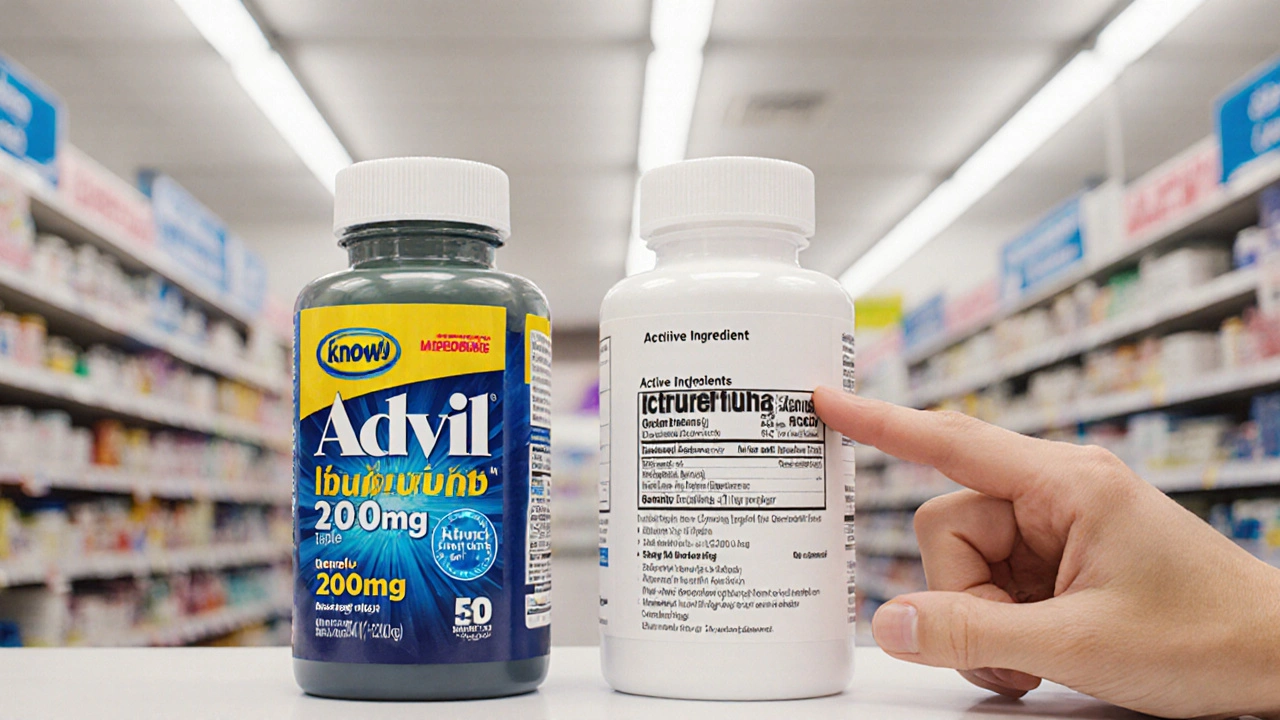Generic Medicine: What It Is, Why It Works, and How It Saves You Money
When you hear generic medicine, a version of a brand-name drug that contains the same active ingredients, dosage, and effectiveness. Also known as non-branded drugs, it's how millions cut their prescription costs without sacrificing results. You might think it’s a compromise. But it’s not. Generic medicine isn’t cheaper because it’s weaker—it’s cheaper because it doesn’t carry the marketing bill. The FDA requires it to work exactly like the original. Same chemical, same effect, same safety profile. The only differences? The color, the shape, and the price tag—often 80% lower.
Behind every brand name drug, a medication originally developed and marketed by a pharmaceutical company under a patent is a patent clock. Once it runs out, any manufacturer can produce the same formula. That’s when generic medicine enters the market. It’s not a knockoff. It’s the real thing, made in the same type of factories, held to the same standards. Companies like Teva, Mylan, and Sandoz produce billions of doses each year. You’ve probably taken generic medicine without knowing it—antibiotics, blood pressure pills, antidepressants, even birth control. If your doctor wrote a prescription and you paid less than $10, odds are it was generic.
Why does this matter for your wallet? Because healthcare costs don’t just hit doctors’ offices—they hit your bank account. A $200 monthly brand-name drug can drop to $12 as a generic. That’s $2,256 saved a year. That’s a vacation. That’s groceries. That’s peace of mind. And it’s not just about money. When people skip doses because they can’t afford their meds, their health suffers. Generic medicine fixes that. It makes treatment possible for people who otherwise wouldn’t get it.
Some still worry about quality. But here’s the truth: the same inspectors who check Pfizer or Merck also check the plants making generics. The FDA inspects over 3,500 manufacturing sites worldwide every year—brand and generic alike. If a generic pill didn’t work, we’d know. Thousands of studies confirm it does. One 2021 analysis of 400 generic drugs found zero clinical difference from their brand-name counterparts.
So why do pharmacies still push brand names? Because they make more money. But you don’t have to play along. Ask your doctor: "Is there a generic?" Ask your pharmacist: "Can you fill this with the generic?" If they say no, ask why. Sometimes it’s because the generic isn’t available yet. Sometimes it’s because they assume you won’t ask. Don’t let assumptions cost you.
Generic medicine isn’t a last resort. It’s the smart choice. It’s the quiet revolution in healthcare that lets you stay healthy without going broke. And it’s everywhere—in your medicine cabinet, in your insurance plan, in your future.
Below, you’ll find real stories and practical guides on how to navigate prescriptions, understand labels, and make smarter choices without paying more than you have to. No fluff. Just what works.
How to Choose Drugs by Active Ingredient
Posted by Eamon Lockridge on Aug, 9 2025

Learn how to choose the right medication by focusing on the active ingredient instead of brand names. Save money and get the same results with generic drugs.
